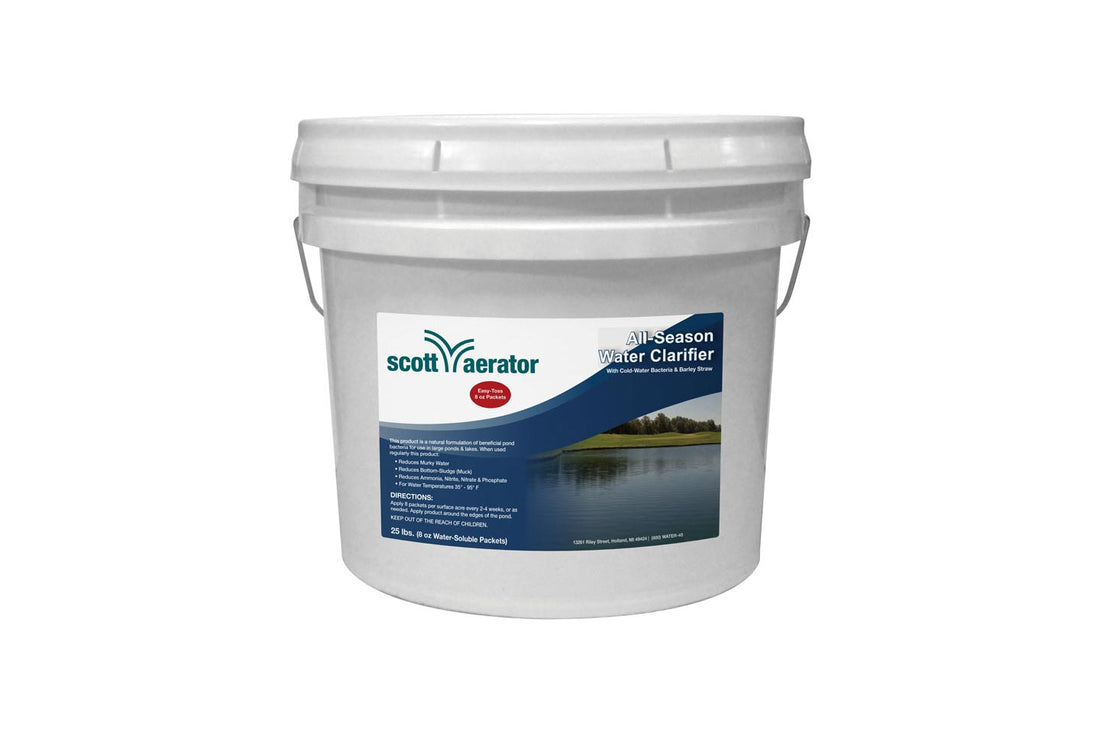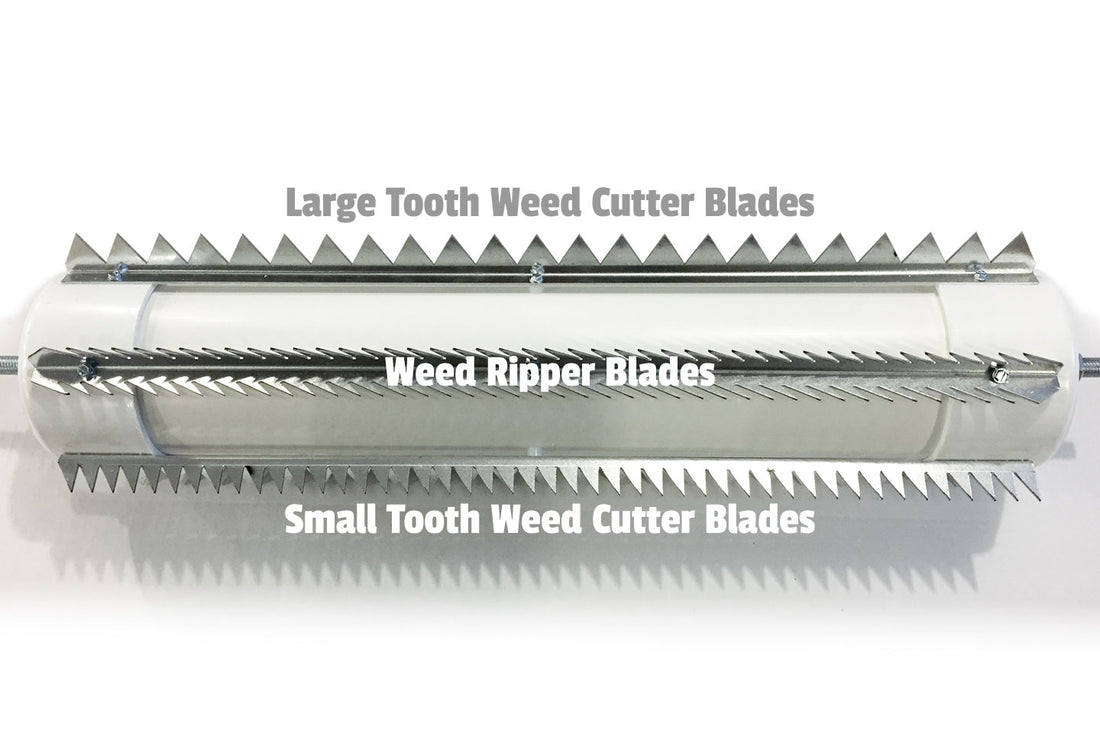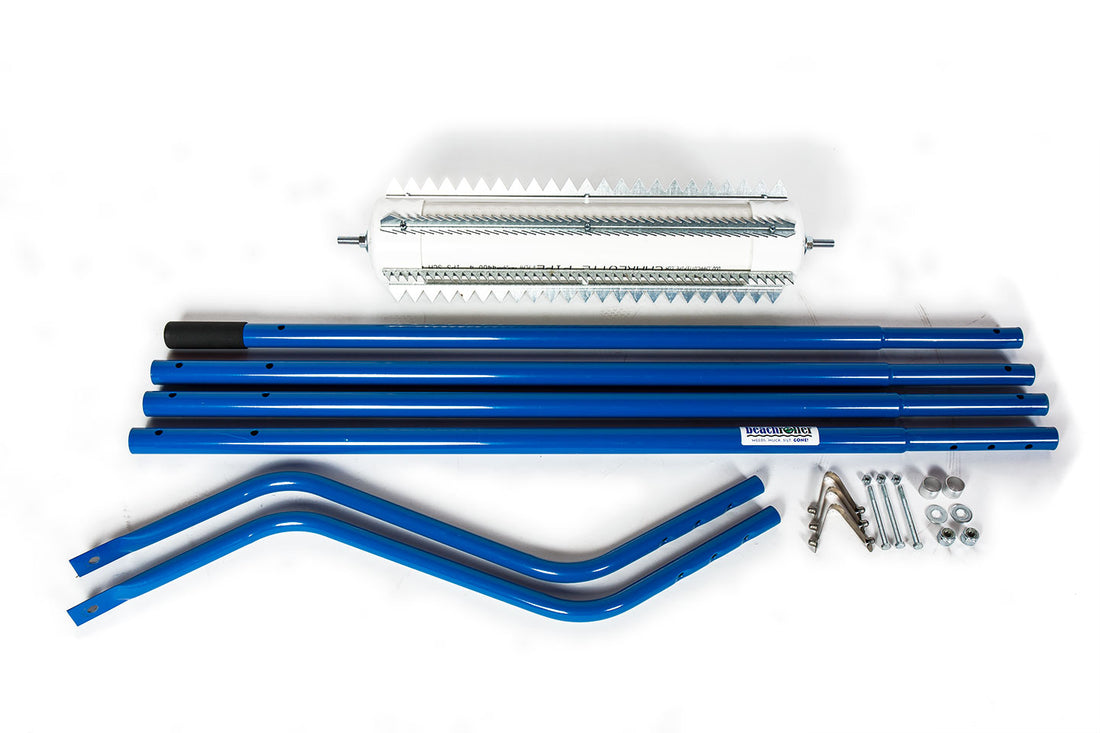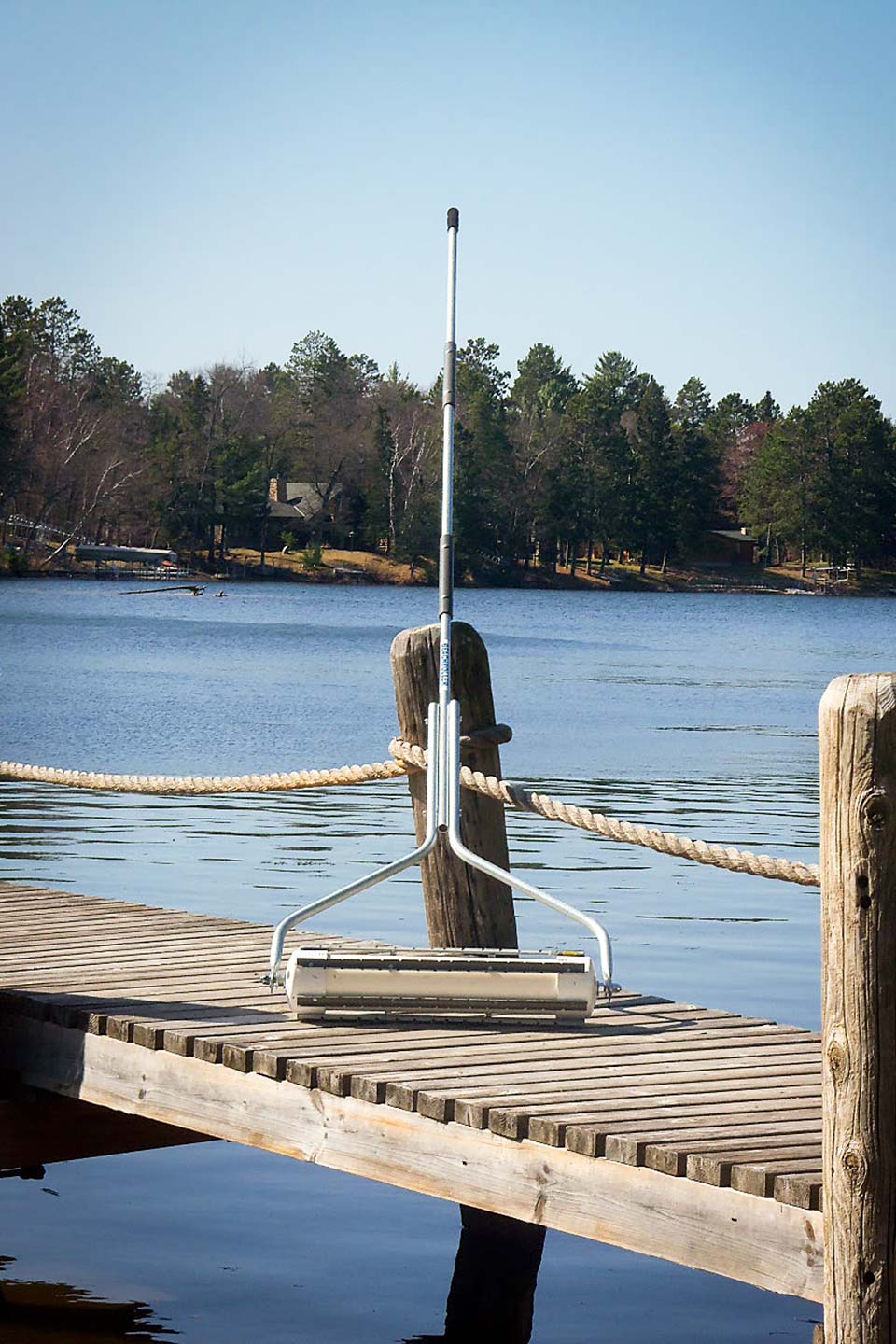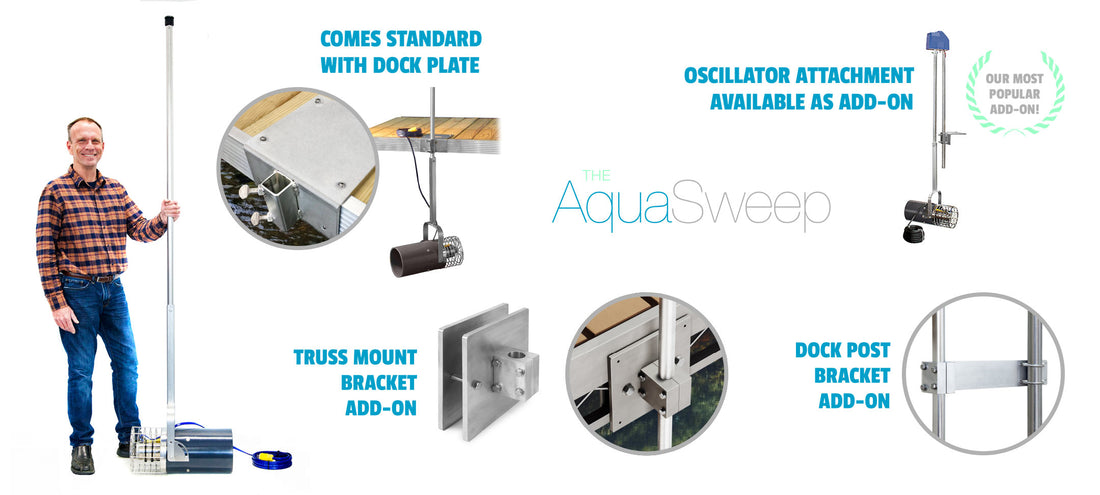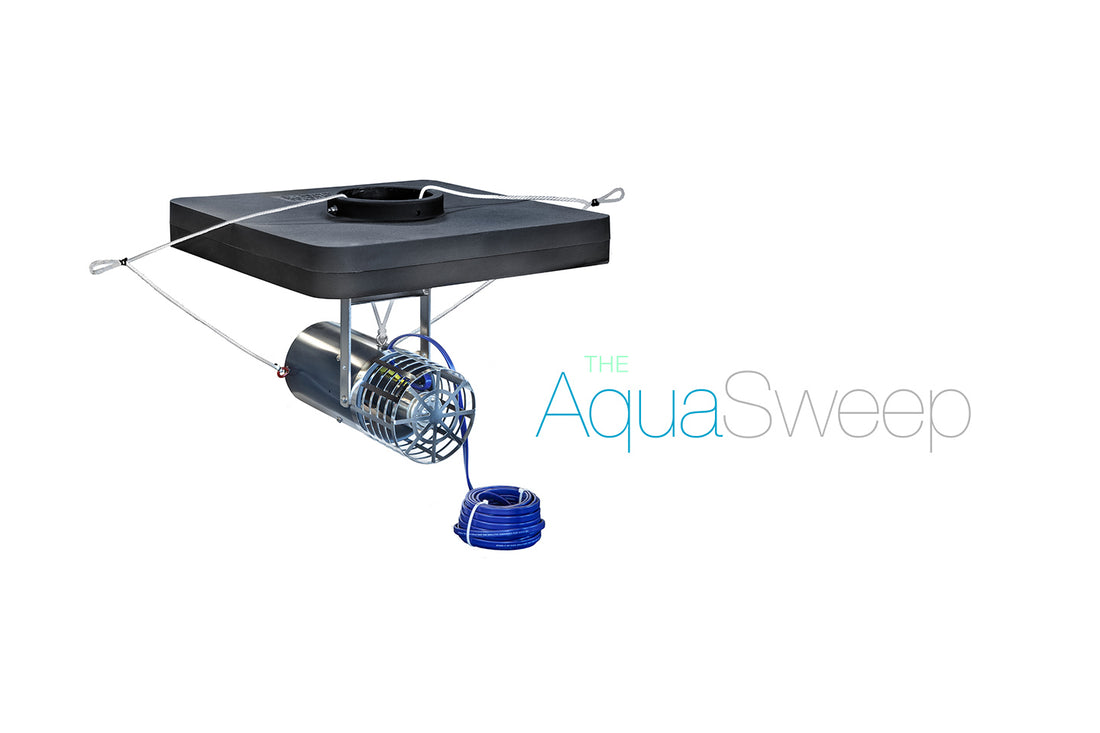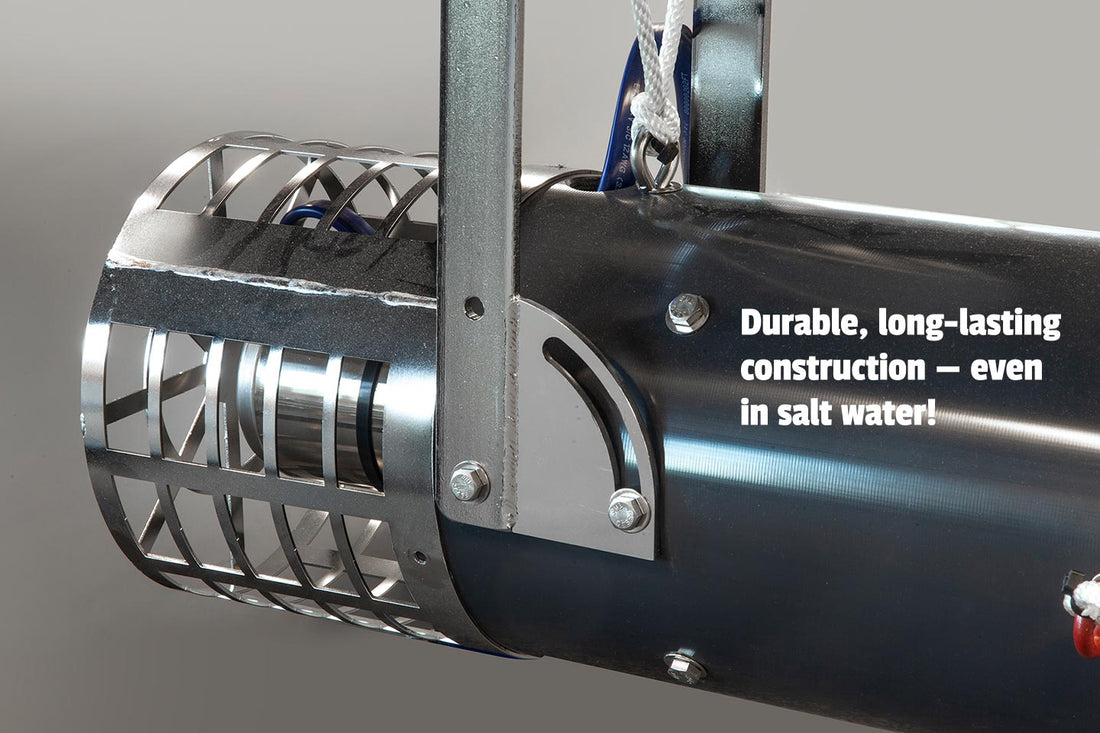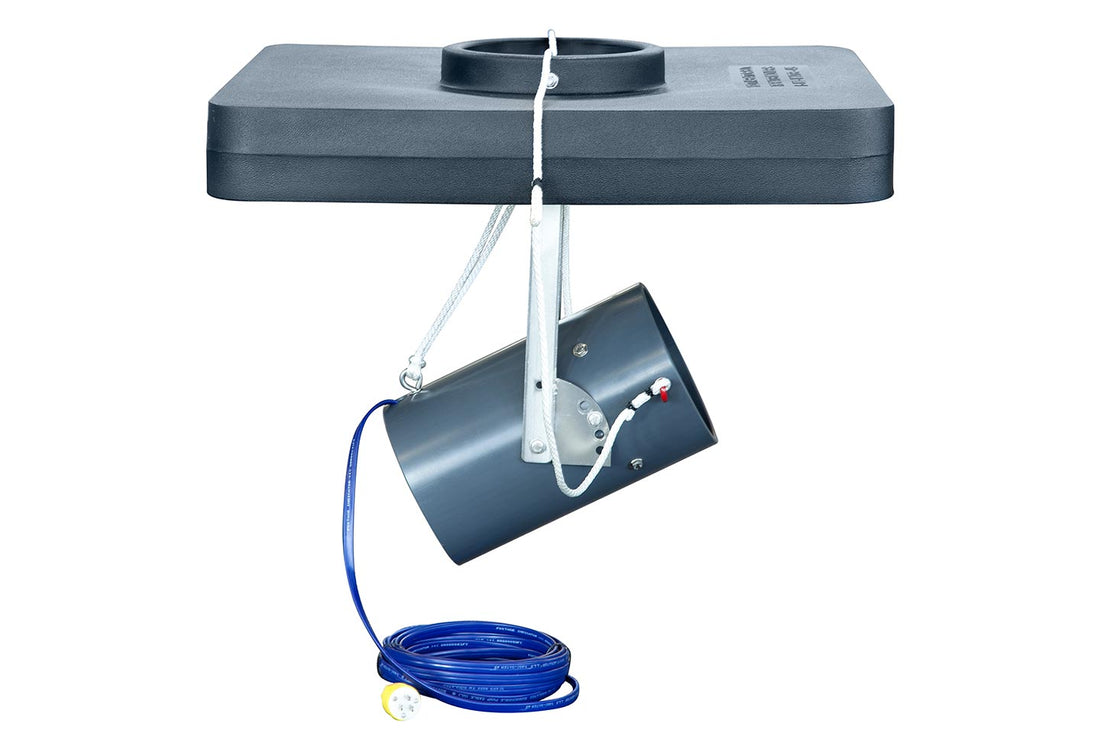
Diver Dan's Blog
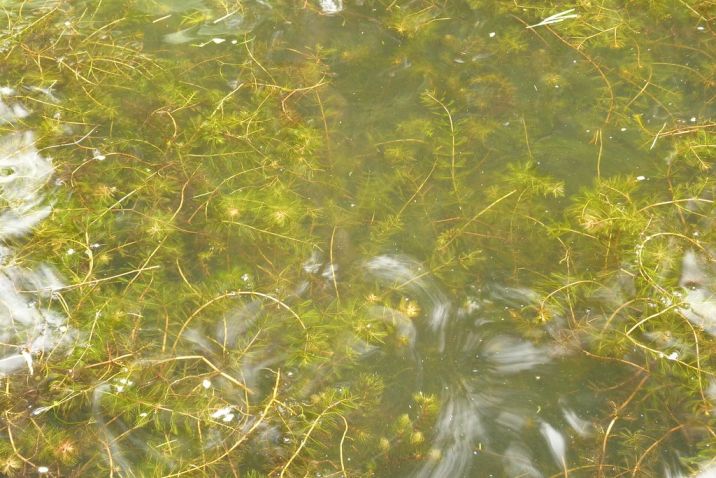
Common Invasive Pond Weeds in the Midwest and Tips for Controlling Them
For lake associations, pond owners, lake enthusiasts, and naturalists, maintaining the health and aesthetics of water bodies is a top priority. Invasive pond weeds are a significant issue that can negatively impact the ecological balance, water quality, and recreational use of lakes and ponds, particularly in the Midwest. Understanding how to identify, control, and prevent these invasive species is crucial for preserving these valuable ecosystems.
Common Invasive Pond Weeds in the Midwest
Eurasian Watermilfoil (Myriophyllum spicatum)
Eurasian watermilfoil, often referred to as EWM, is a submerged aquatic plant that forms dense mats near the water surface. This is the plant that inspired the start of APM. It can spread rapidly and outcompete native vegetation, leading to disrupted aquatic ecosystems.
Avoid pulling or cutting large patches of EWM! Small fragments can easily sprout new plants, spreading the problem further. This approach often worsens the issue and leads to wasted funds that could be better allocated to effective control methods.
- Characteristics: Feather-like leaves arranged in whorls of four around the stem.
- Growth Habit: Grows in still or slow-moving water up to 20 feet deep.
Eurasian Watermilfoil

Additional information
Additional information
Leaves are feather-like with four arranged in a whorl pattern around the steam, with 14 or more leaflets on each leaf
- Tips of the plant is sometimes red or pink in color
Curly-leaf Pondweed (Potamogeton crispus)
Curly-leaf pondweed, or CLP, thrives early in the growing season, often outpacing native plants. Its dense growth can interfere with recreational activities and degrade water quality.
- Characteristics: Wavy, crinkled leaves with finely serrated edges.
- Growth Habit: Prefers nutrient-rich waters and can grow up to six feet deep.
Curly-leaf Pondweed

Additional information
Additional information
Wavy leaves, resembling a lasgna noodle or piece of bacon, with fine teeth all along the leaf margins
Bright to dark green, occasionally slightly reddish

